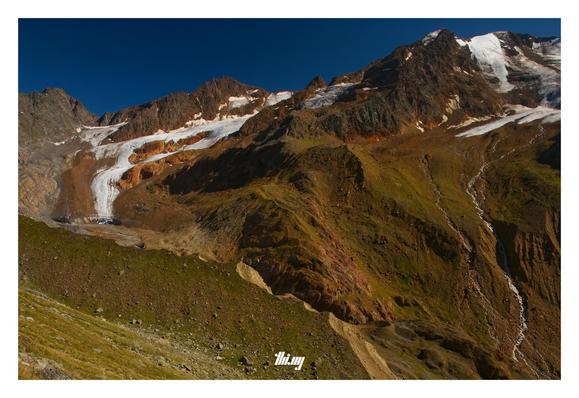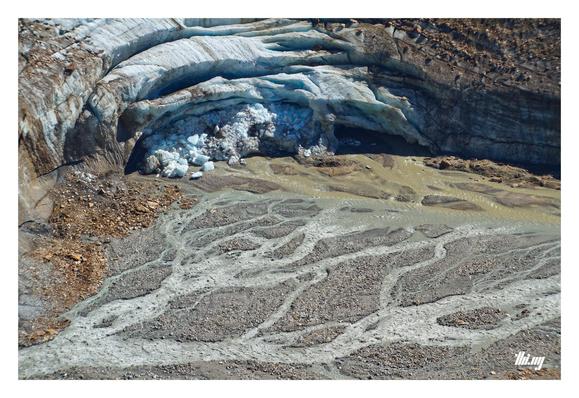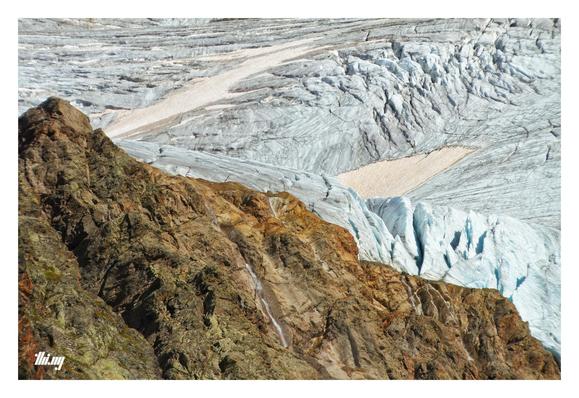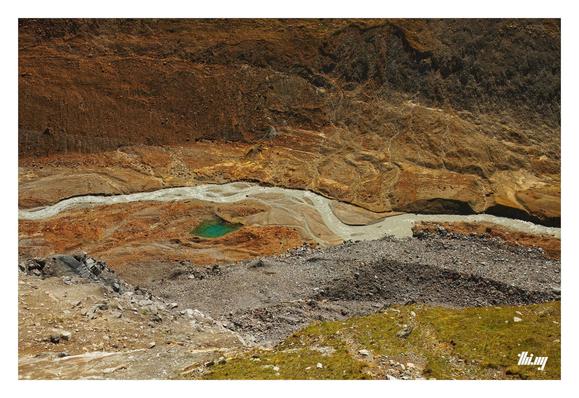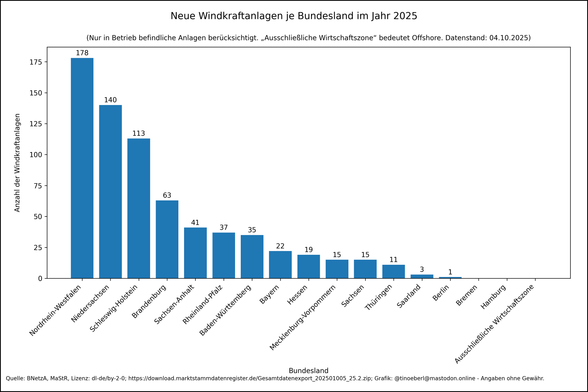2025-09-07 10:47:58
Langtauferer
Today, a year ago, I ventured on a dream trip I'd been researching for a long time, and which ended up being a semi-religious experience, being immersed in (and somewhat overwhelmed by) an actively changing environment, the upheaval and plethora of geological features, structures, unreal colors, layers, textures and the "wounds" exposed by the melting and disappearing glaciers... Countless waterfalls, stunning erosion features, later traversing the glacier gaвҖҰ
2025-10-06 21:23:02
Anzahl der neuen #Windkraftanlagen je #Bundesland in #Deutschland im Jahr 2025 mit Stand vom 04.10.2025.
Die "AusschlieГҹliche Wirtschaftszone" bedeutet
2025-09-07 18:01:03
Just updated Gaza Verified to reflect that @… and I are running it together now :)
https://gaza-verified.org/
Thank you, Joy, for doing this with me in the middle of eveвҖҰ
2025-11-08 01:23:40
RE: https://hachyderm.io/@thomasfuchs/115510783495155340
my ebay page btw https://www.ebay.com/usr/thomafuch-58
i'll probably have more retrocomputing stuff on it soon
2025-10-06 16:02:41
A reference to this GitHub blog post has come at me a few different ways, eg:
https://bsky.app/profile/longtail.news/post/3m2cfqbihhq2c
But that URL is 404:
2025-10-08 08:40:01
Gestern im PopUp im Shopville des ZГјrcher HB: 12 ReparaturauftrГӨge an einem Tag: das Projekt nimmt Fahrt auf рҹҳҚ
Weitersagen und vorbeikommen:
#repair
2025-09-07 14:07:50
#MeinRadUrlaub2025 endet heute. Rückfahrt mit dem IC von #Zürich nach Stuttgart. Danke an alle die meine Reisebegleiter:innen waren, mit Likes, Boosts oder sogar hilfreichen Tipps. Und alle still Mitlesenden. Auch das ist völlig ok.
Ein paar Bilder hab ich noch fГјr euch.
2025-08-08 10:00:18
OВ vloЕҫkšch pro ЕЎkolaДҚky neЕҷГӯkšme to nejpodstatnДӣjЕЎГӯ вҖ” Eva MoЕЎpanovš/DenГӯk N - #politika
2025-10-06 16:18:03
Entwicklung der #Nabenhöhen von #Windkraftanlagen an Land in #Deutschland mit Stand vom 04.10.2025.
Die kleinste registrierte
2025-09-07 13:22:20
Entwicklung der #Nabenhöhen von #Windkraftanlagen an Land in #Deutschland mit Stand vom 06.09.2025.
Die kleinste registrierte
